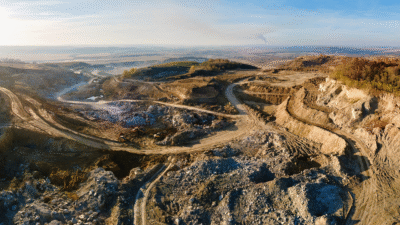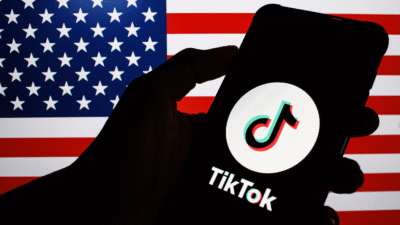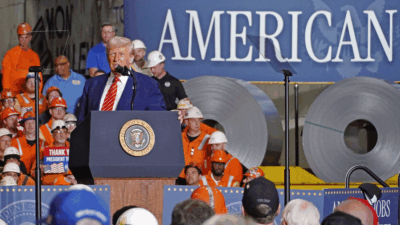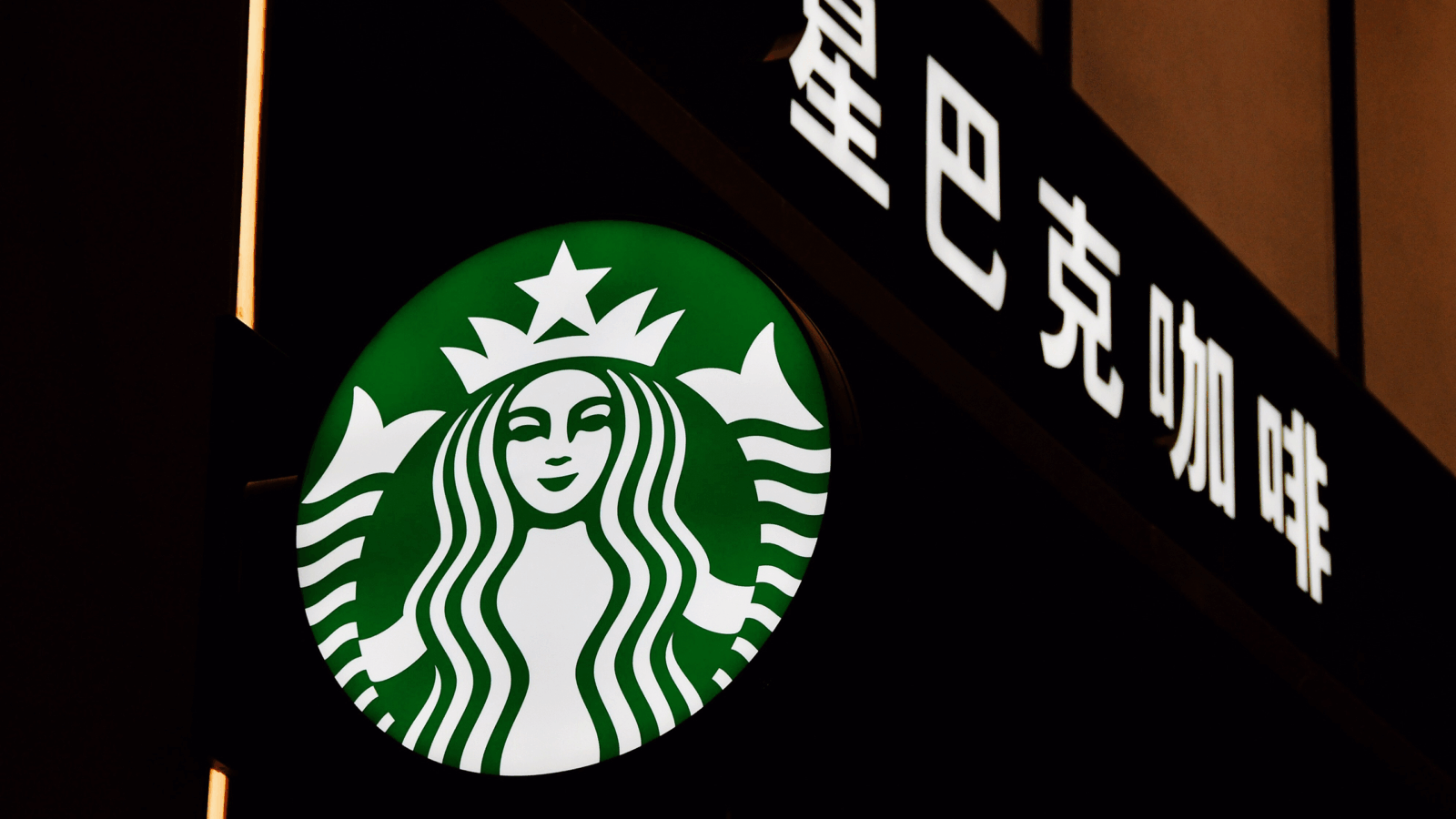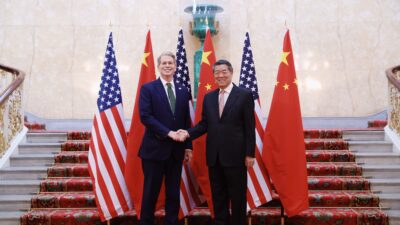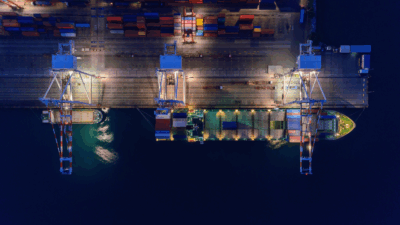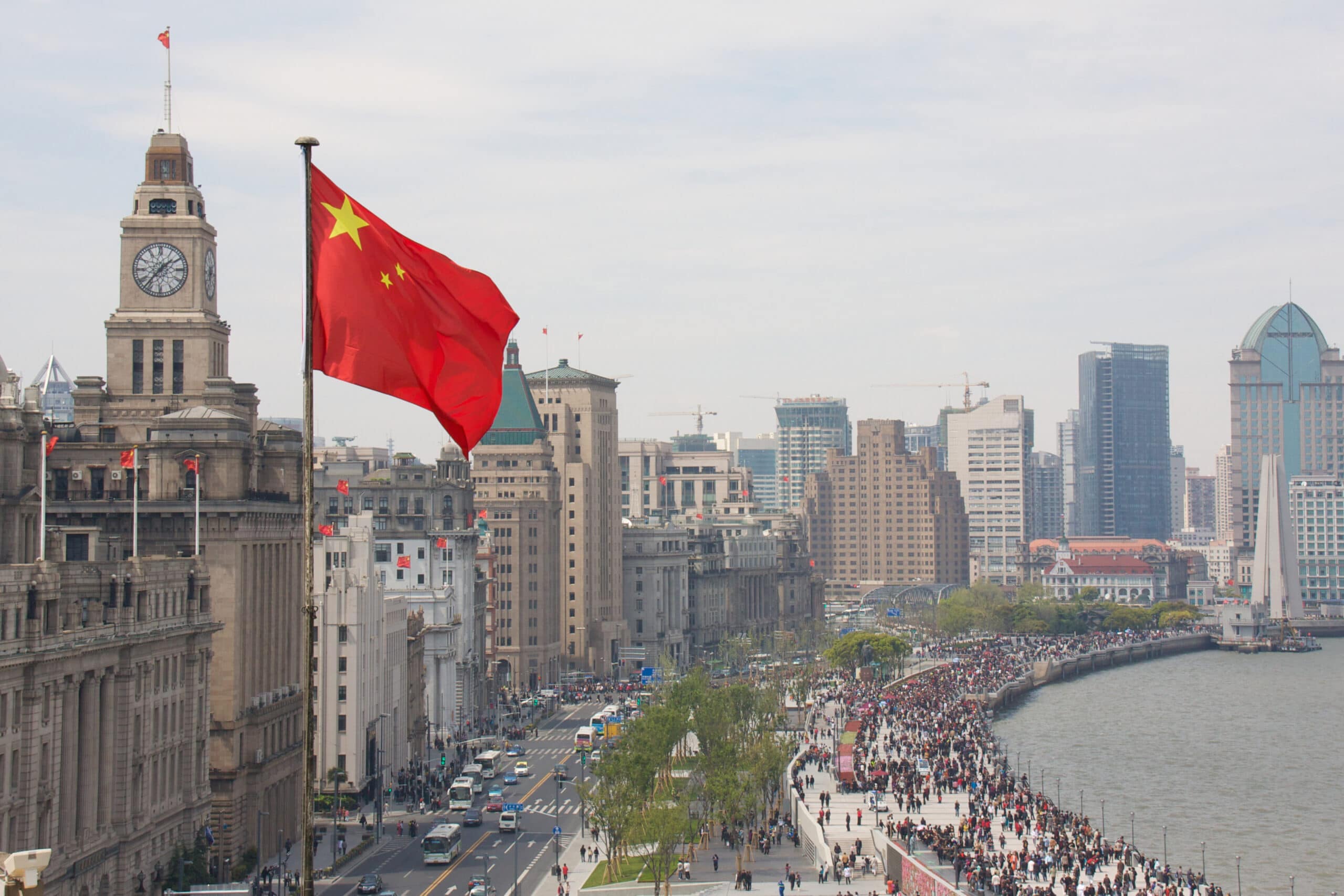
Sign up for smart news, insights, and analysis on the biggest financial stories of the day.
Pre-COVID, the Great Wall of China was one of the world’s biggest tourist attractions. Visitors from near and far gathered to take in the spectacle of the more than 2,000-year-old structure that spans over 13,000 miles.
But allowing virus-carrying foreigners into the country is the last thing China, with its zero-COVID strategy, wants to do now. So it’s building a second wall, — this one along its 3,000-mile southern border with countries such as Vietnam and Myanmar, the Wall Street Journal reported Wednesday.
Covoodoo Economics
China’s new wall doesn’t have the stately beauty of the old one: barbed-wire-topped fences up to 12 feet high equipped with sensors and surveillance cameras will now fortify a porous area of the border. Vietnamese residents once freely traveled North to do business and Chinese farmers crossed to Vietnam where their water buffaloes would graze, but that will take the back seat to the country’s latest strategy to keep COVID out at all costs, even as many nations have decided to live with it. While the zero-tolerance approach has kept case numbers down, it’s had far-reaching effects on the economy:
- China’s manufacturing purchasing managers’ index sunk to 50.1 in January, down from 50.3 in December and precariously close to the 50-point threshold that would mean contraction.
- The country’s nonmanufacturing PMI, including both construction and services such as the hospitality industry, fell more than a point from 52.7 in December to 51.1 in January — revealing a renewed weakness in sectors of the economy that have lagged behind its overall recovery for nearly two years.
Barrier Grief: The economy in the border town of Ruili in the far south of China near Mayanmar has contracted nearly 8.4 percent since last year, as lockdowns have been imposed one after the other. And new restrictions there at its border with the city of Muse has made it so difficult for goods to get through, some produce ends up rotting in trucks used to ship it.
Been There, Fenced That: Meanwhile, already fenced-off areas of China’s northern border with Mongolia and Russia are simply being fortified by the COVID-adverse government. We’re pretty sure none of the new walls will have the cultural impact of the original, but we might have to wait 2,000 years to find out.

